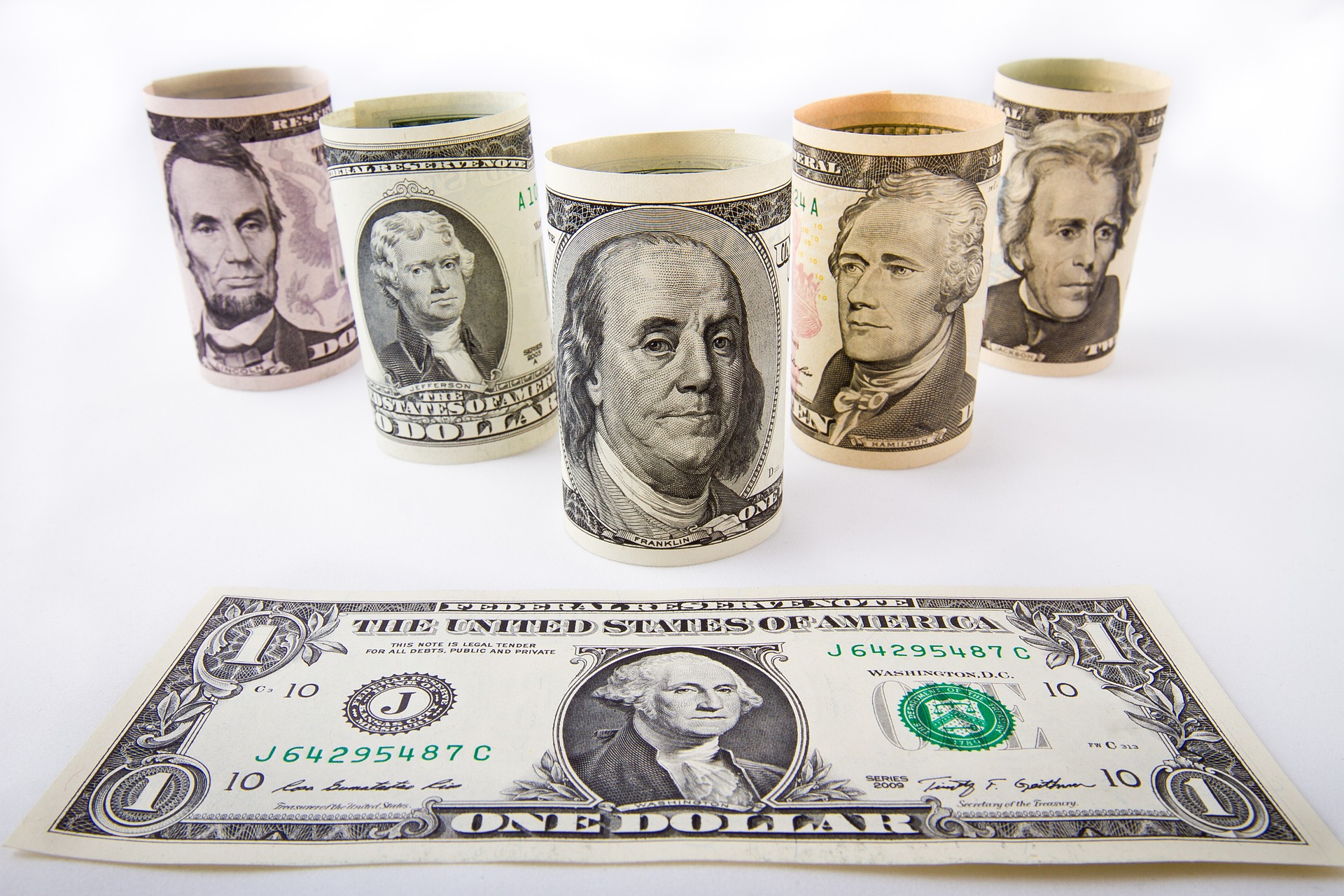Investors who are bullish on the greenback can gain exposure to U.S. dollar moves through the PowerShares DB U.S. Dollar Index Bullish Fund (NYSEArca: UUP), which tracks the price movement of the U.S. dollar against a basket of currencies, including the euro 57.6%, Japanese yen 13.6%, British pound 11.9%, Canadian dollar 9.1%, Swedish krona 4.2% and Swiss franc 3.6%. UUP has increased 2.5% over the past month but is still down 3.7% year-to-date.
Related: 35 A+ Currency ETFs to Track Global Forex Moves
Additionally, the actively managed WisdomTree Bloomberg U.S. Dollar Bullish Fund (NYSEArca: USDU) tracks the dollar against a broader group of developed and emerging market currencies in an attempt to outperform the Bloomberg Dollar Total Return Index. Specifically, the fund’s portfolio is comprised of euro 31.9%, yen 18.6%, Canadian dollar 11.4%, Mexican peso 9.8%, pound sterling 9.3%, Australia dollar 6.2%, franc 4.4%, South Korean won 3.4%, Chinese yuan 3.0% and Brazilian real 2.1%. The inclusion of emerging market currencies may help USDU outperform the dollar benchmark as emerging assets could underperform in a U.S. rising rate environment. USDU is up 3.2% over the past month but is still down 3.1% year-to-date.
In addition to capitalizing on potential U.S. dollar strength ahead, these USD-related ETFs could help investors hedge their international investment portfolios. International stocks and bonds come with currency risks as these investments are typically denominated in their local currencies, so a weakening foreign currency would translate to a diminished USD-denominated return. By including a small percentage allocation to U.S. dollar ETFs, investors can diminish forex risks.
Lastly, more skeptical USD traders who remain bearish on the dollar may look to the PowerShares DB US Dollar Index Bearish Fund (NYSEArca: UDN), which takes the inverse or short performance of the U.S. dollar against the same basket of six major currencies as UUP. UDN dipped 2.5% over the past month but gained 3.4% year-to-date.
For more information on the USD, visit our U.S. dollar category.
